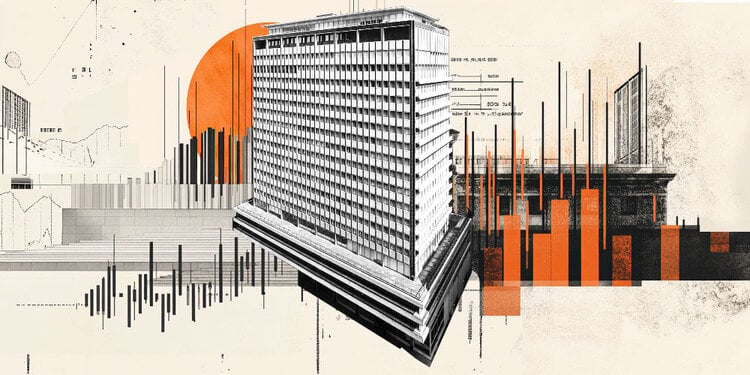A report on hybrid education provided guidelines for the regulation and adoption of this modality with quality, equity and inclusion.
The document was prepared by the Data Association for a Democratic Debate in Education (D3e), and provides instructions on how to properly merge face-to-face and distance learning.
In an interview with CNN Radio researcher at the Transformative Learning Technologies laboratory at Columbia University (USA) and one of the authors of the study, Rodrigo Barbosa e Silva, states that there is still a lot to be done “in the area of technology and communication infrastructure” for this modality to thrive. .
The researcher argues that, to deliver non-face-to-face learning methods, the main point is technology.
“Studying this modality involves analyzing the advantages of technological possibilities for education. Unequal internet connection in Brazil is a problem that appears in this approach,” she says.
Another point, according to him, is the importance of recovering the use of computers as equipment to enable this type of work to the detriment of cell phones.
“The cell phone is a device for recreation, not creation.”
Rodrigo Barbosa e Silva also highlighted the role of teacher training to apply to blended learning. “In addition to students, teachers are also disconnected.”
“Even the training of teachers is still not done with the presence of technology, which makes the online class a reproduction of a traditional teaching in the classroom. Working with technology in education is much more than that,” she argues.
“It is necessary to employ technologies for creation”, he added.
*Produced by Talita Amaral and Isabel Campos
Source: CNN Brasil







